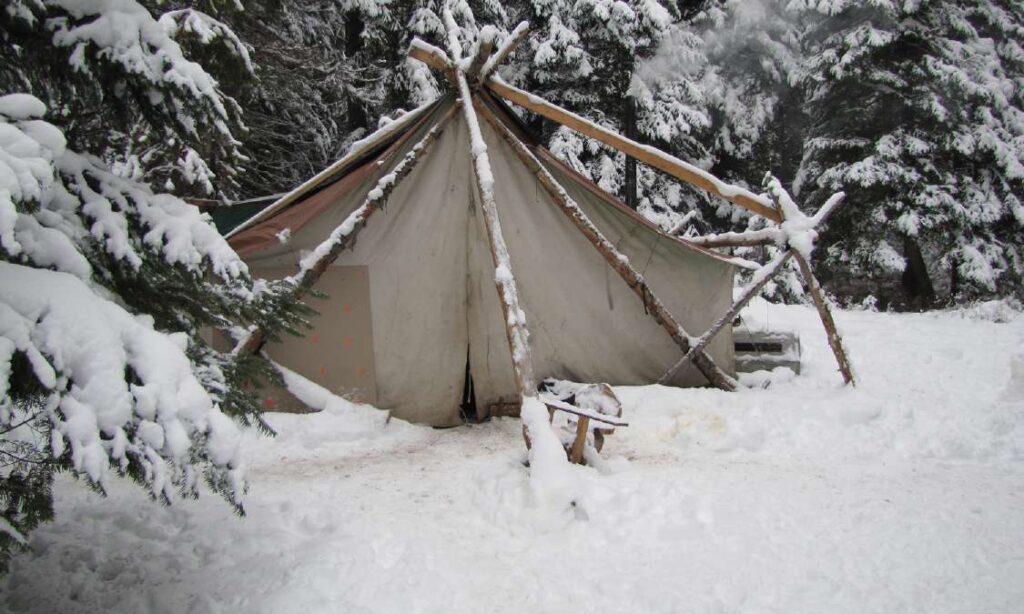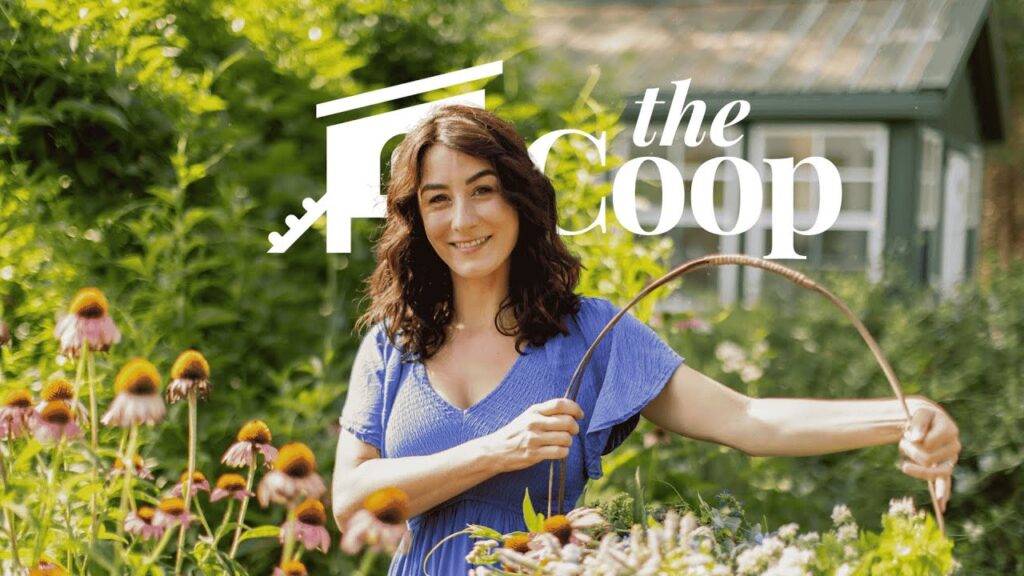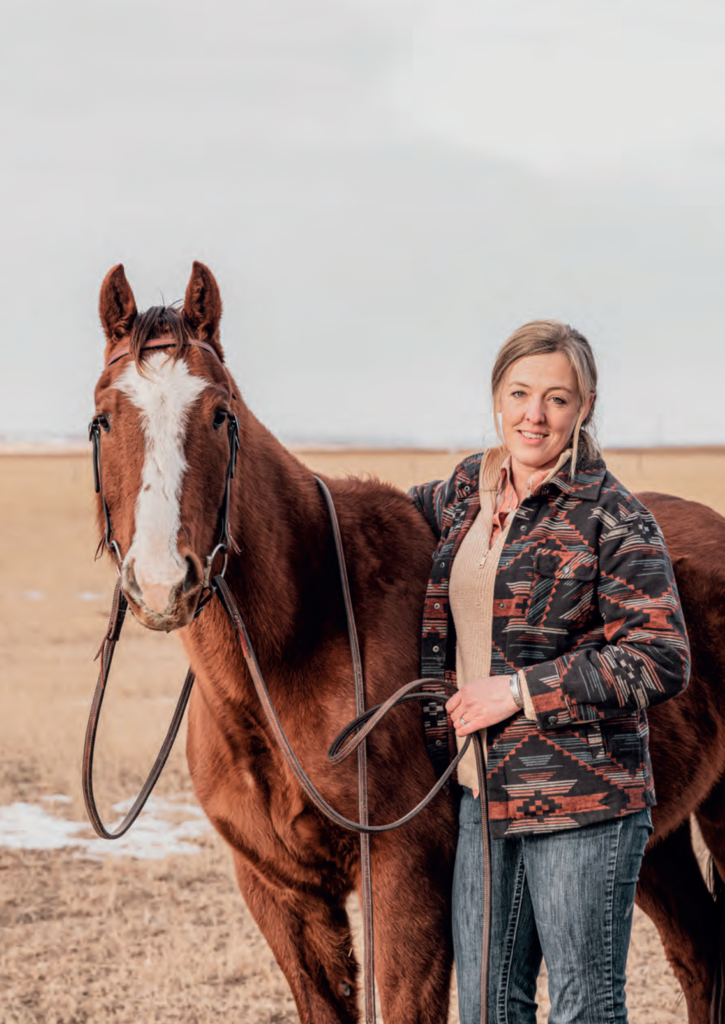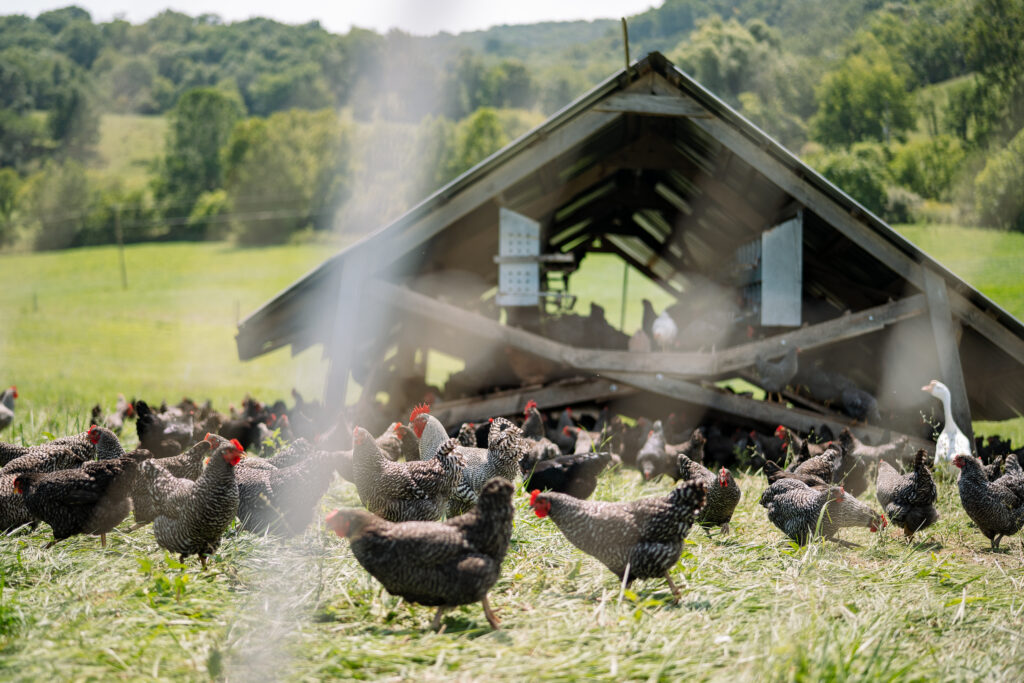There is no fruit so intricately and tightly woven into the fabric of American history and culture as the apple. While this complex and ultra-versatile fruit is not native to the North American Territory, the destiny of American apple cultivation arrived early on with many waves of fur trappers, travelers, and nurserymen. A more intentional and focused emergence of apples would be set in stone by the English as they settled at Plymouth in 1620. Merely three years after settling on land, the propagation of apples in New England began. In the late 1700s, John Chapman would inherit his noble title as “Johnny Appleseed” and further accelerate apple cultivation across the midwest for the coming of the frontiersmen, homesteaders, and pioneers.
It is no surprise, then, how and why the apple has risen to become a simple, yet beloved American icon. For this ever-evolving, wild-spirited apple orchardist, I find that there is no better time than now to make an appeal to those who may be seeking the sort of stewardship that only an apple orchard can provide.
A Call to Future Orchardists
First and foremost, throw away any modern convention you may believe to be the topic of apple orcharding. Everything you know or think you know about the stewarding of this fruit is likely a half truth, untruth, corporate, high volume, or overly-managed approach, or something vaguely in between. Secondly, this is not “Instacart” where you fill your digital list of orchard dreams and someone else comes in to deliver it in a convenient peck bag. It’s a long-term commitment and you are going to work your proverbial knuckles to the bone. You will fall in love with your vibrant sanctuary teeming with life.

An apple orchard celebrates the most quintessential, humble, and versatile of all fruits, as well as the diverse ecosystems that support them. Establishing a wild, regenerative, and self-sustaining apple orchard is not only possible and honorable, it is absolutely essential and necessary in these times we find ourselves in.
The modern methods of cultivating and marketing apples do not represent the product of nurserymen-of-old. In deep contrast, modern apples at the grocery store are what many old apple enthusiasts would call “designer apples.” The apple industry simply uses the natural world’s process of cross-pollination to produce a specific genetic outcome—mostly fresh-eating, dessert-quality apples—and that is what the grocery stores sell.
Orcharding isn’t easy, but it is also no more difficult than gardening or stewarding livestock. It is a long-game endeavor requiring investment, patience, and observation. Orchards can be grown in urban settings, in the smallest of backyards, on acreage, along fences, and even in pots. For the sake of simplicity, I will bring you on the journey my family and I took back in the autumn of 2016. We had recently purchased 10 acres of very rural land with a decently-sized home. While it was not our dream property, it did have something to offer that I personally could not refuse: a historic homestead orchard site, and a year-round, spring-fed creek that borders the north end of the property.
Establishing An Apple Orchard
The first and most vital elements you require are earth and water. You don’t need acres upon acres, as there are varying types of rootstock that can maximize an apple tree’s productivity with minimum space. Locate an area on your land that has the most south-facing exposure and decent topsoil. If it’s too rocky, you’ll want to do your best to clear that away. No need for unnecessary obstacles, and you’ll need that clear canvas for future cover. You’ll also want to avoid low-lying areas as they are prone to collecting standing water from rainfall, snow melt, etc.
Find your nearest county agricultural extension office and ask if they offer soil-testing. The results of this testing will give you an accurate reading of your soil composition. Rather than remediating a crisis where you’ve hastily planted 10 to 20 apple trees only to see them fail to thrive, hit the ground running by investing this little bit of time and effort. It’s a simple task and will set your orchard up for a long, abundant future. Whatever that soil test tells you, you will then amend your ground if needed. Keep in mind that you will be building upon the health of that soil over the lifetime of your orchard.
The importance of water cannot be overstated. If you have yet to invest in property, I implore you to seek out property that has water, be it a creek, stream, spring, pond, or lake. This protects you from neighboring farms or entities that could drain your water aquifer and leave you in a dire situation. If you are established on land already, I suggest investing in a cistern. This enables one the ability to store thousands of gallons of water so the resource will be available for growing food and eliminates the potential of a well going dry during the most crucial time of the season. If you’re in a more urban setting, a smaller cistern can still be incredibly effective for smaller scale orcharding.
Mimicking Nature
One of the most beneficial steps we made within the last three years toward soil health and holistic pest management has been adding fowl to our orchards and moving to top-watering with traditional brass rainbirds. If Mother Nature waters from above, why couldn’t we? The results were astounding! The growth rate of our trees exploded, the onset of fruit was much more consistent, and it established a lush, regenerative living carpet of white Dutch clover, red clover, along with local native forage such as plantain, yarrow, and St. John’s Wort, which helped the orchard landscape to stay cool and green all summer long. This, in turn, invites and attracts the native pollinators; mason bees, leaf cutter bees, bumble bees, fairy bees, butterflies, hummingbirds and so many more. The endless forage blooms also help support our own honey bees which in turn provide us with premium, raw orchard and wildflower honey, beeswax, and propolis.
With all the pollination activity and rich soil in abundance, we also took to planting rows of heirloom pumpkins in between the apple trees. They are a tremendous partner in companion planting within the orchard setting. In late autumn when the forage dies back and the orchard sinks into a deep winter sleep, the decaying carpet provides much needed food, nitrogen and other nutrients to the soil for the coming spring.
An orchard environment such as this also provides a brilliant and symbiotic environment for our feathered friends—laying hens, ducks, and meat birds. The birds graze on the native grasses, clover, and grains, annihilate populations of orchard pests like codling moth, earwigs, grasshoppers, and slugs…and then they poop, providing my orchard grounds with the most natural, completely free, God-given nutrients which significantly reduce the need for multiple feedings through the growing season.
Our final step was to establish fencing around our orchard that would protect against potential invasions. Eight-foot wooden posts and a six-foot graduated field fence was our solution. The graduations in the grid pattern of the fencing prohibit any sorts of small animals—raccoons, rabbits, skunks—from entering the orchard at the ground level. We buried the eight-foot posts approximately two feet to ensure they had a strong sturdy set. Fencing went up, and we finally had our blank slate to begin establishing our orchard.
Selecting the Right Varieties
When the time came to select the varieties of apples we’d be investing in, I did some conscientious planning. What sort of apples did I want to plant? What was available at local nurseries? Did I even want to grow varieties already available at the local grocery stores or nurseries? Most importantly, what did I plan on doing with these annual harvests? This is where your orchard begins to become your own personal food sanctuary. What begins to take shape is an intimate, consciously-orchestrated landscape. For me, the wild apple orchards of my childhood were calling.
The main focus should be to select varieties for purpose; many traditional purposes and not just a few. Do you love baking pies? Plant pie apples. Love sweet or hard cider? Put in cider varieties! Do you love putting up food and canning for the winter months? Plant sauce apples for your applesauces and spiced apple butter. Do you want to have fresh apples stocked up during the cold winter months and not rely on any outside source? You plant “keepers,” or storage apples for your basement or root cellar. Simply put, figure out your “why” and go from there. In other words, don’t plant common grocery store varieties—leave those to the commercial growers.
The ideal homestead orchard should have at least three to five varieties for every purpose. Our preservation orchard collection has grown to currently 120 apple trees, with roughly 85 distinct, historical varieties containing complex genetics spanning all uses. Because of this vast collection, the cross-pollination takes care of itself. You’ll need to source your varieties on the type of rootstock that makes sense for your region, climate, and needs.


Leaving A Legacy of Food Independence
While I blissfully write this appeal of apple orcharding to you, it would be short-sighted of me to not mention the current state of the general food supply chain in America and the concerns I have for the future. Orcharding as a means of growing food is extremely pertinent when speaking of food sovereignty within our communities. When things are good, produce is stacked and shelves remain stocked. We never question what we see down the vast rows at the grocery store or in the dairy, produce, or meat departments—until it’s not there.
Present-day Americans saw the first glimpse of what a supply chain failure looks like during the pandemic. It taught us that we should never rely on outside entities to feed and nourish our families and our communities; it is not absolute; it is not sustainable. If we look to history books or even talk to our grandparents or great-grandparents, we will see that not so far in the distant past, the reliance on modern grocery stores didn’t exist. We had farms; both rural and urban. We had backyard gardeners, cattle ranchers, hog farms, poultrymen, dairies, and nurserymen. Our communities teemed with fresh, organic, and clean food every growing and harvesting season. If you needed something that you yourself didn’t grow or produce, you knew someone who did.
As a traditional and unconventional apple orchardist, I make one final and humble plea. There is a vibrant, strong, and growing community nationwide of modern homesteaders rising to meet the needs of their own families and communities. Our time has come, and our communities need it now. Growing a garden has once again become an effective, productive, and sustainable lifestyle. While growing food is in no way an easy endeavor, it is extremely honorable and gratifying in so many ways. Just about anyone can choose to grow their own food. If they aren’t in the position to, most communities nationwide have a growing list of local growers and producers.
The one element I see that is sorely lacking across the American landscape? You guessed it. Orchards. In my case, apple orchards. While we need the gardens for sustainable seasonal produce, let’s not forget what orchards provide: apples, peaches, plums, pears, cherries, nectarines, and apricots. If you are going to go all in on homesteading, make a commitment—a long-term commitment, because that’s what orcharding is. While gardening is much more of an annual practice that provides a harvest and then seeds to dry and put up, orcharding is a long game. It is beautiful, extraordinary, and will provide a perennial blessing upon your family and community for generations. In an apple orchard, you will find an abundant and diverse sanctuary you never knew you needed.







Leave a Reply